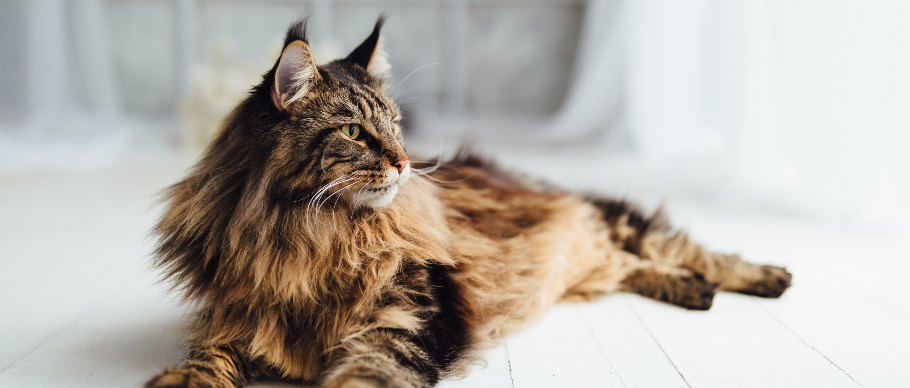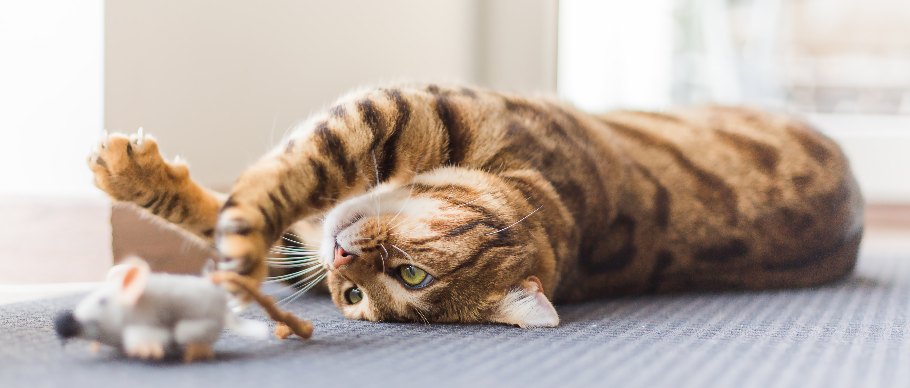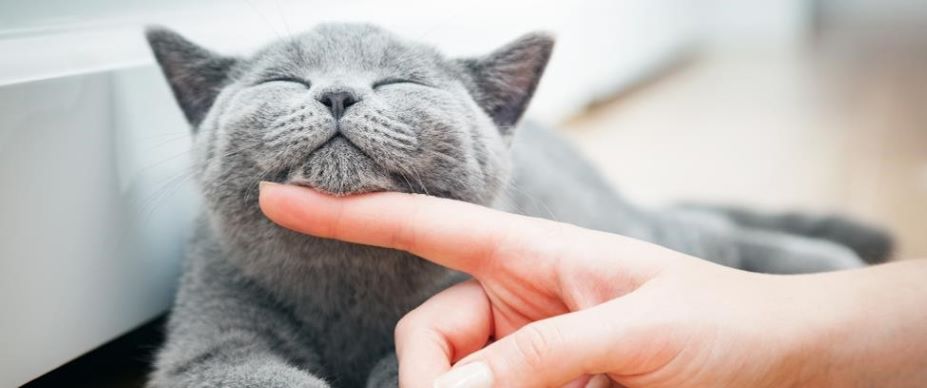Help! My Cat is Getting Hairballs
As a cat parent, you may have noticed that hairballs are one of the less rewarding aspects of raising a feline friend. So, what can you do to diminish these pesky clumps of fur from showing up around your home? We’re here to break down why your cat is getting hairballs and how they form, plus provide ways you can help reduce hairball formation.
Why Do Hairballs Form?
It’s no secret that cats spend much of their day grooming themselves. Not only is self-grooming a hygienic tactic to keep your cat clean, but it calms them, too. Like a kitty massage, your cat’s self-grooming puts their mind at ease.
However, as your cat self-grooms, much of the hair they lick out of their coat is swallowed due to the papillae, or hook-shaped protrusions, on their tongue. Mammals cannot break down hair because it is made of keratin, so most of the hair your cat consumes goes through the digestive tract and is eventually eliminated. Nevertheless, some ingested hair may stay in the stomach and clump. This wad of hair, or hairball, is then often regurgitated.
To put it simply, there are two main explanations of why your cat is getting hairballs. Either the hair your cat ingested cannot easily move through their digestive tract or there is too much hair for your cat’s digestive system to manage.
How Often Do Hairballs Occur?

How often your cat is getting hairballs depends entirely on your individual feline. Long-haired cat breeds such as Persians, Ragdolls, or Maine Coons are more susceptible to producing hairballs due to their thick, full coats (although cats that don't shed much can still get them, too). While the “normal” number of hairballs a cat produces may vary, it is not uncommon to find a hairball “once every week or two,” according to Cornell University College of Veterinary Medicine.
Signs of Hairballs in Cats
Listening is the best way to know when a hairball is coming. If your cat is gagging, retching, or hacking, it’s possible they’re trying to remove a hairball. Be sure to contact your veterinarian if you notice these signs persist without the production of a hairball.
While listening is the most reliable way of knowing a hairball is imminent, be on the lookout for other signs your cat may be having hairball difficulties. Hairballs are common but can become more serious when stuck in a cat’s digestive system. If your cat avoids food, has problems going to the bathroom, or becomes lethargic, these may be indications that a hairball is causing intestinal blockage—which in some cases could require medical attention.
Cat Hairball Remedies and Tips
If your cat is getting hairballs, you can help! Follow the recommendations below to prevent these clumps from forming.
Tip #1: Groom Your Cat
Brushing and combing your cat regularly may help remove the loose hair your cat would otherwise ingest. Plus, grooming your cat is a great opportunity for a bonding experience. Grooming tools such as a cat slicker brush can be used to gently capture excess hair while promoting a healthy, lustrous coat.
In addition to the everyday shedding that normally occurs, cats generally shed their coats between one and two times per year. Spring and fall are the heaviest shedding seasons, and you should aim to groom your cat more often during these times.
Tip #2: Offer Forms of Exercise

Your cat may excessively groom themself when bored, and this action can lead to more hairballs. Playtime is a great way to interrupt this behavior. To keep your cat’s boredom at bay and promote exercise, provide your kitty engaging toys, scratching posts, and cat tunnels. Keeping your cat active further promotes a healthy digestive system, which keeps hair moving through without clumping.
Tip #3: Give Supplements
Supplements can also help to curtail hairball formation. In fact, Healthy Promise offers hairball control supplements that may help prevent the formation of hairballs. To address hairballs early on, you can feed these chicken & cheese flavored hairball control supplements to cats starting at six weeks of age.
Supplements that contain fish oil can further play a part in reducing hairballs. Fish oil, including salmon and sardine oil, may help nourish your cat’s coat and prevent excess shedding while moving ingested hair along the digestive tract.
Tip #4: Be Mindful of Your Cat's Diet

In giving thought to your cat’s health and wellbeing, it is important to provide a nutritious, balanced diet. Look for food that is high in fiber to aid in digestion, allowing for hair to pass through your cat’s system more easily. You can even consider hairball control cat foods that are specially formulated to help separate and break down ingested hair. In addition to your cat’s food, give your kitty plenty of clean, fresh water. Keeping your cat hydrated helps support digestive health, which is key for minimizing hairball formation, along with reducing the chances of your cat getting a UTI.
Related: What Can't Cats Eat? (Infographic)
We understand—hairballs come with some not-so-great sounds and the risk of soiling your fancy carpet, but the occasional hairball is a relatively normal part of your cat’s life. With these helpful cat hairball remedies and tips in mind, you will not only have a stronger understanding of your feline friend, but will be better prepared the next time your cat is getting hairballs.










